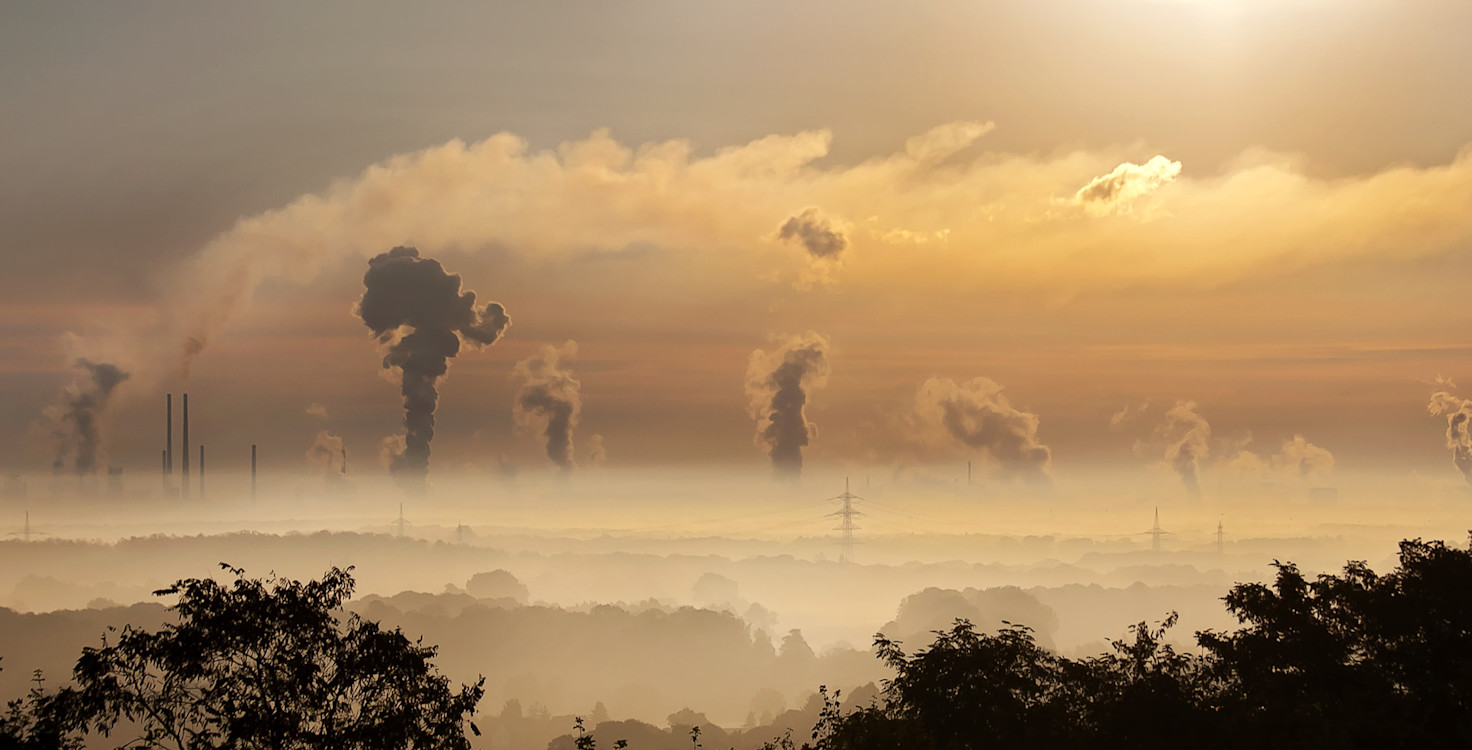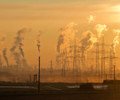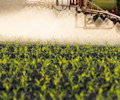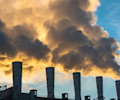Although livestock are responsible for about 14.5% of total GHGs , FAIRR’s research shows that reporting and management of emissions is inadequate, unstandardised, and unverified across the animal protein sector. Only just over a third (35%) of companies assessed by the Coller FAIRR Index report on their water use, which is a serious concern given that agriculture consumes 92% of global freshwater use.
Here we explain the effects of climate change on agriculture, and how investors can adopt a climate-smart approach.
Climate change and the impact on animal agriculture
Drought and water scarcity
Water risks are increasingly on the investor agenda as awareness builds of the meat industry’s extensive water footprint and poor record on water management. The meat sector was shown to be the lowest performing industry in a 2017 analysis of water management practices released by US non-profit Ceres, and water risk is a key criteria for the Coller FAIRR Index: 82% of companies assessed did not have an enforceable supplier code regarding water use management.
Regions that tend to be dry are expected to grow even more parched as a result of higher temperatures and water scarcity and drought can cause widespread crop failure, leading to food shortages.
Heat stress and animal populations
Extreme periods of high temperatures such as heat waves are likely to become more frequent as the global climate warms. Heat stress in animals can result in lower productivity and fertility, and can also have negative effects on the immune system, making them more prone to certain diseases. FAIRR’s landmark report, Factory farming: assessing investment risks, has shown that heat stress has cost the US beef and dairy industry over $1.26 billion a year, and that by 2045 each cow in global cattle production will experience an average of 29% more heat stress days per year.
The impact on agricultural investors
When it comes to evaluating market risk, climate change and water security are increasingly material factors for investors. This is especially the case in the meat and dairy sector. Companies that fail to meet these challenges face regulatory and operational risks that put their long-term financial sustainability under threat. From field to fork, investors want to understand which companies are effectively monitoring and minimising the long-term climate risks in their supply chain.
Climate-smart investment
Many farming methods exacerbate vulnerabilities. However, adaptation and mitigation strategies have the potential to limit damage from climate change. FAIRR tackles this issue through two parts of the supply chain. See FAIRR’s assessment of the 60 largest animal protein producers on greenhouse gas (GHG) management, as well as our collaborative investor engagement with six quick-service restaurants that are heavily reliant on the sale of animal protein products.











